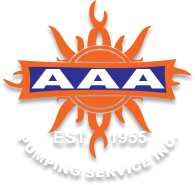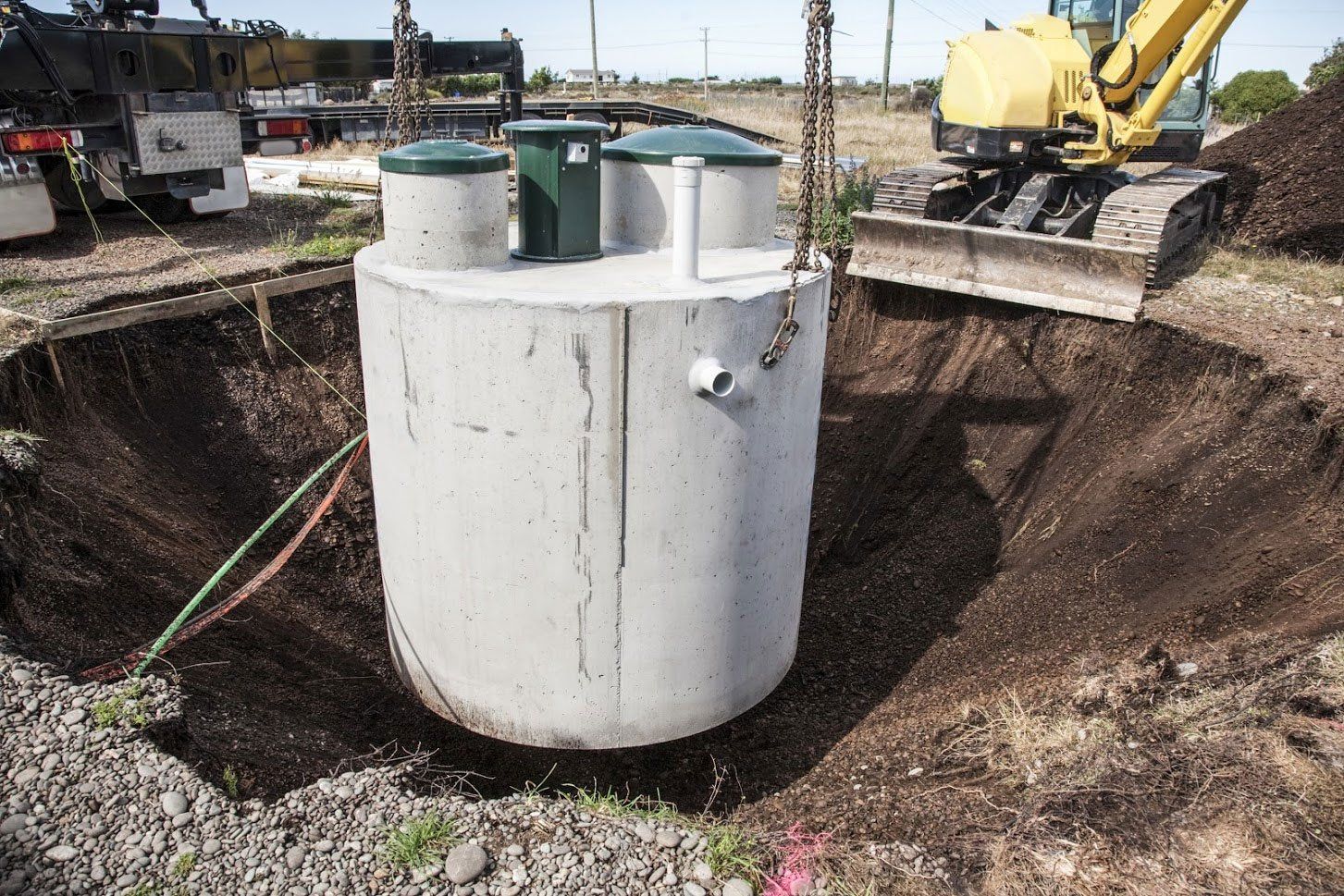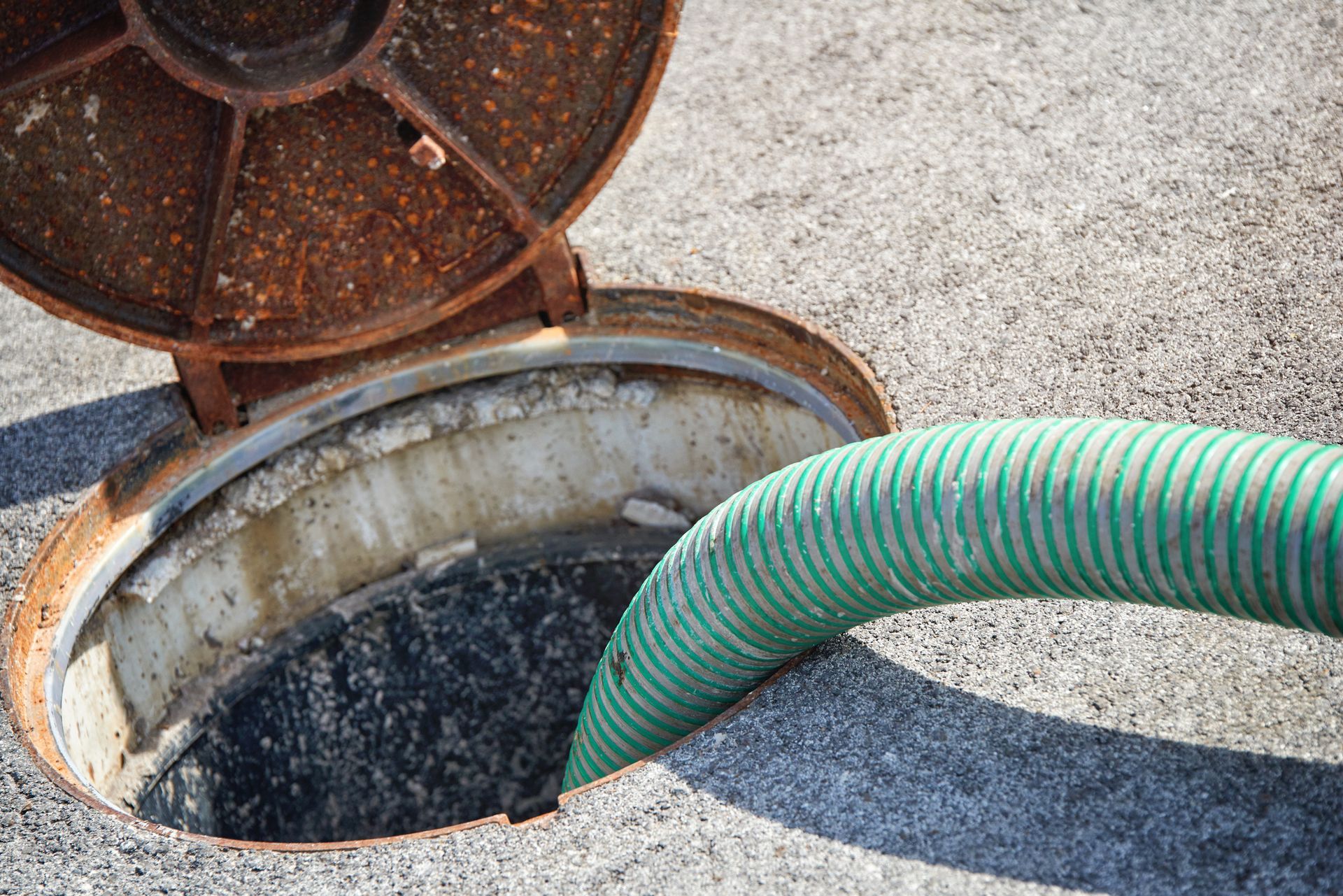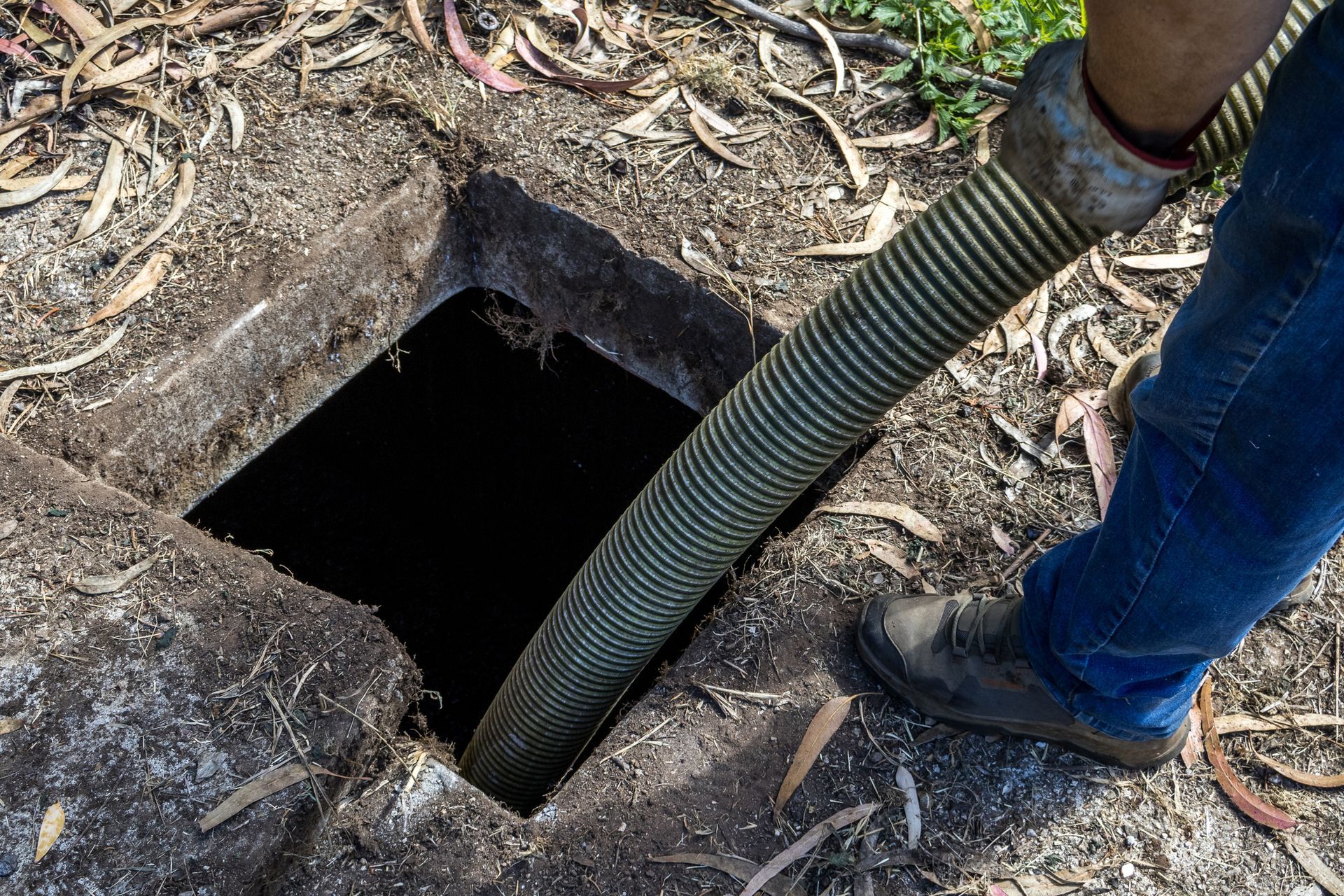Understanding the Parts of Your Septic Tank
According to the U.S. Environmental Protection Agency (EPA), over 60 million people have a septic tank. If you're one of those individuals, you may question what your septic system consists of, especially since the entire structure is under the ground.
The terms below will help you understand how your septic tank works and communicate with septic service personnel when necessary.
Septic System Components
Besides your septic tank, your septic system has tubes and other parts that work together to remove and separate waste from your home. Bacteria help solid waste break down while storing or removing the rest.
Tank
Your tank is the storage container for waste. However, it serves the purpose of separating the waste as well.
Inside of your tank, the waste breaks down into three layers:
- The top consists of oils, fats, and soap byproducts because these are the lightest and float to the top.
- The middle layer is mainly water with very little waste. The water from this layer exits into your leach field.
- The bottom layer is sludge comprised of decomposed byproducts and any other solid waste that's heavier than water.
Your septic system will require regular pumping to remove the bottom layer's contents.
Manhole
The cap on your septic tank is known as the manhole. It's a covering on the top of your tank that prevents leaves, water, and other debris from entering into the access port.
Access Port
Your tank's access port is at the top of the risers. The port is large enough that a person may fit inside of it. In fact, this is the part of your septic tank that a septic service person opens when you schedule a septic specialist to pump your system.
Inlet Baffle
The inlet baffle is the entry pipe to your septic system. It connects your septic tank to the main exit pipe of your home.
Outlet Baffle
The outlet baffle is the pipe that allows wastewater to flow into your leach bed.
Risers
Your risers are large tubes on the top of the tank. These pipes extend to ground level, giving septic removal companies access to your tank. Most systems have two of these.
Inspection Pipe
The inspection pipe is another pipe on the top of your septic tank. It's much smaller than the risers. Septic tank service companies insert cameras and other tools into this tube to evaluate the inside of your tank.
Effluent Filter
The effluent filter prevents solid waste and debris from entering into your drainfield.
Leach Bed/Drainfield
After water waste from the second layer of your system passes through the effluent filter and the outlet baffle, it enters into your leach bed, also known as your drainfield.
Function of Your Leach Bed
The leach bed is responsible for removing water waste. Every time water enters your system, the exact amount of water exits into your leach bed to prevent the leach bed from becoming overwhelmed.
Parts of Your Leach Bed
The parts of your leach bed may vary, especially if you have an older home.
For example, sometimes, the wastewater goes through a distribution box before it enters into the rest of the drainfield.
In modern systems, the piping consists of PVC. The entire length of the pipe has holes to allow water to escape. In some older systems, the pipes are clay tile or another similar material instead of PVC.
Around the pipe are gravel and possibly special soils. Finally, the outside of the leach bed is plain dirt. The soil and dirt absorb the wastewater.
A septic tank and drainfield seem complex, and they probably are to someone without expertise in this field. However, a septic tank specialist understands the components and how they function, and therefore, can address problems that arise.
Contact AAA Pumping Service Inc., serving Albuquerque, NM and the nearby region, if you experience any issues with your septic system or need routine septic contents removal.








